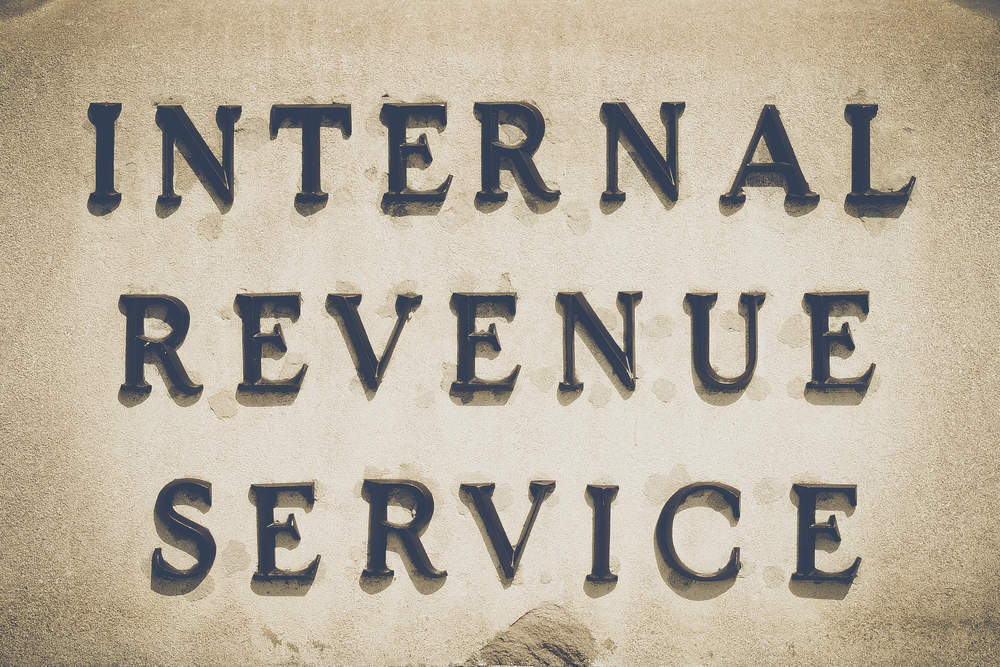
After solid start to the year, US retail is now back in much softer growth territory.
While February’s 2.1 percent rate of growth is not disastrous, it is much lower than the past few quarters and is largely the result of higher fuel prices which buoyed sales at gas stations by 15.8 percent.
The pure retail number — which excludes autos, foodservice and gas — is more concerning: here the 0.8 percent increase is the slowest growth recorded since February 2013.
There is, however, some comfort to be taken in the fact that February 2013 is the last month in which growth was so anaemic. In that year, the IRS delayed tax filing and refunds due to changes in the tax code.
This mirrors current tax refund delays, something that has affected the amount households spent on retail.
All in all, the evidence suggests that 2017 will be a year of reasonable growth, but one in which margins will remain under pressure
How well do you really know your competitors?
Access the most comprehensive Company Profiles on the market, powered by GlobalData. Save hours of research. Gain competitive edge.
 Company Profile – free sample
Company Profile – free sampleThank you!
Your download email will arrive shortly
Not ready to buy yet? Download a free sample
We are confident about the unique quality of our Company Profiles. However, we want you to make the most beneficial decision for your business, so we offer a free sample that you can download by submitting the below form
By GlobalData
The tax refund dynamic also shows up in where the declines are coming from: discretionary categories have suffered far more than non-discretionary. Electricals, a product many people indulge in when spending their refunds, has recorded a year-over-year sales decline of almost 10 percent.
It will be of some comfort to retailers that back in 2013 retail sales growth bounced back in the months following February; a pattern we expect will be repeated over the coming reporting periods.
The other factor that needs to be appreciated is that 2016, the comparison against which this year’s figures are made, was a leap year.
This is not accounted for in the non-seasonally adjusted figures and so dampened growth. The February 2013 figures also suffered from this impact as 2012 was a leap year.
Given all this, it is fair to say that the down-tick in spending during February is not the result of structural factors or a downswing in consumer sentiment; it is largely a temporary blip.
The evidence from our own sentiment tracker, and other indicators such as the labour market numbers, backs up this view: there is nothing to suggest that the consumer economy should be losing this much momentum.
Yet as much as this softening of retail numbers is temporary, it would be imprudent not to recognise that there are some underlying pressures on retail that may take the edge of growth over the coming months.
The rise in fuel prices is foremost among these. Although there are now signs that pump prices are moderating and may start to fall as spring approaches, there is no doubt that consumers are paying more to fill up their vehicles – something that puts a dint in the amount they can spend elsewhere.
Discounting levels are another feature of the market which will dampen growth. This is something that has affected apparel players for a time, and it is now starting to impact food retailers in a more significant way.
All in all, the evidence suggests that 2017 will be a year of reasonable growth, but one in which margins will remain under pressure.




